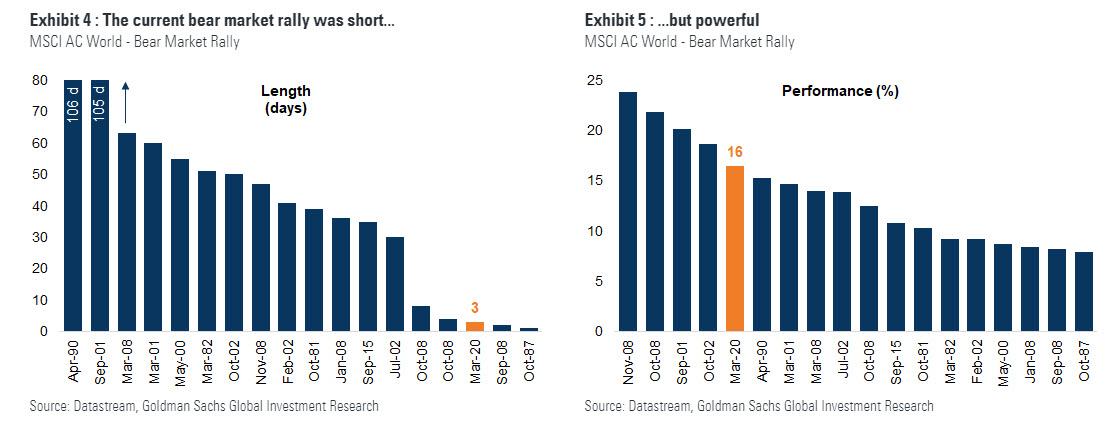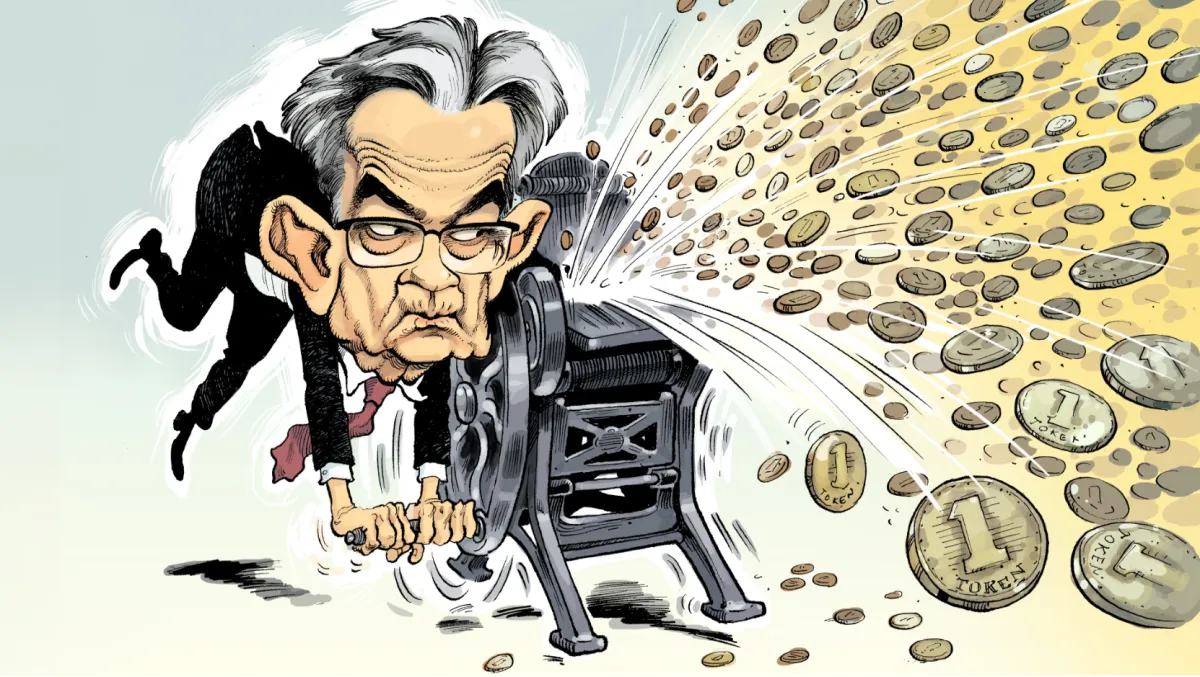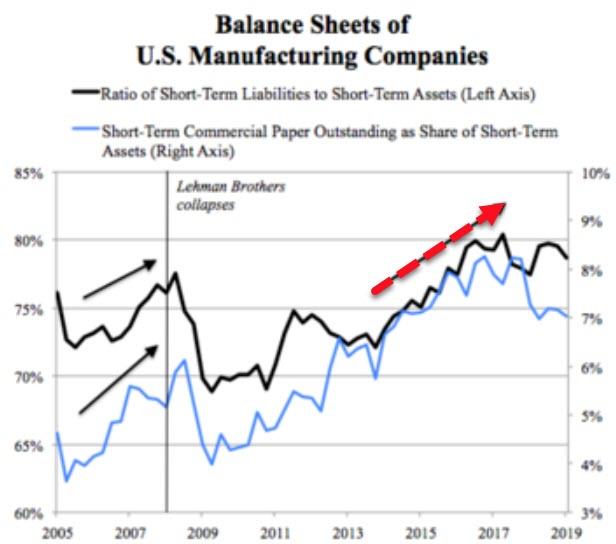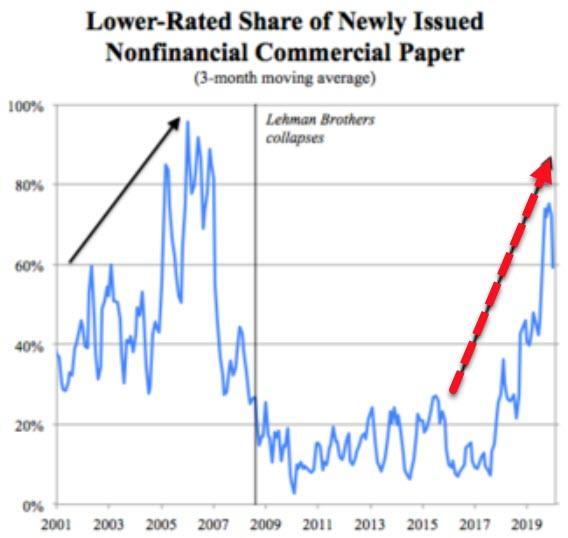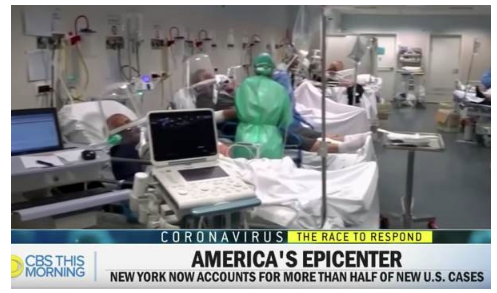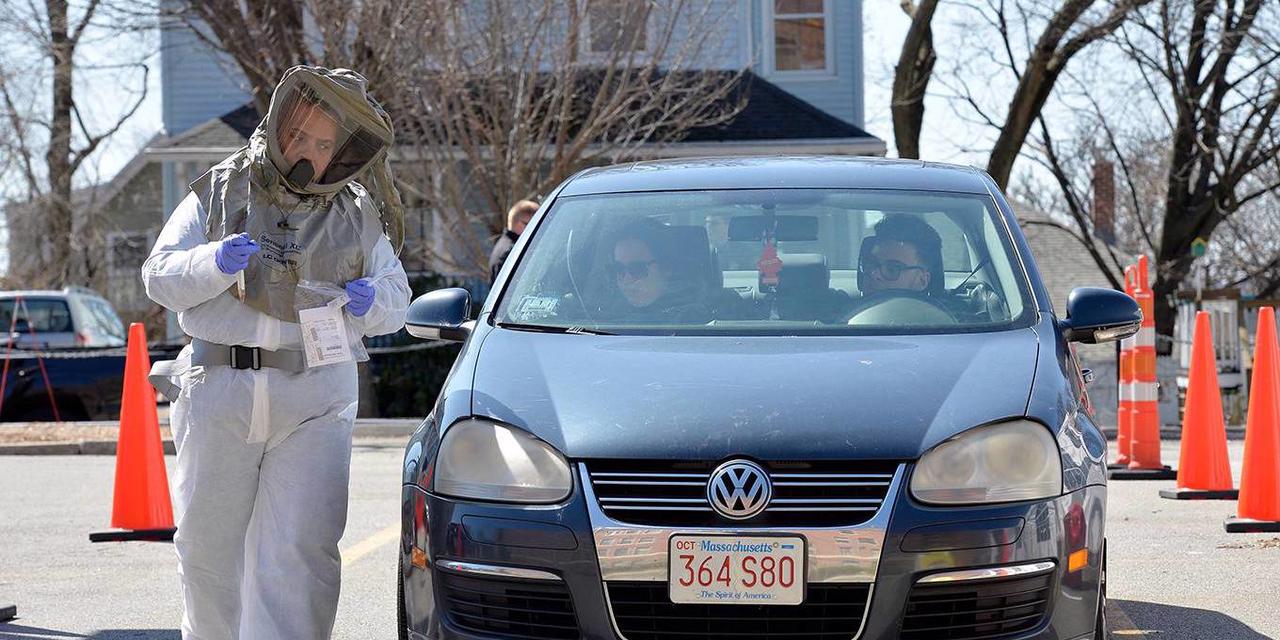Brandenburg v. Ohio, one of the most important First Amendment precedents, involved the prosecution of a KKK leader for their speech at a rally, and, unsurprisingly, the rally included some not very nice things. To quote the opinion, one of the films of the KKK rally
showed six hooded figures one of whom, later identified as the appellant, repeated a speech very similar to that recorded on the first film. The reference to the possibility of “revengeance” was omitted, and one sentence was added: “Personally, I believe the nigger should be returned to Africa, the Jew returned to Israel.” Though some of the figures in the films carried weapons, the speaker did not.
Another film included,
“How far is the nigger going to—yeah.” “This is what we are going to do to the niggers.” “A dirty nigger.” “Send the Jews back to Israel.” “Let’s give them back to the dark garden.” “Save America.” “Let’s go back to constitutional betterment.” “Bury the niggers.” “We intend to do our part.” “Give us our state rights.” “Freedom for the whites.” “Nigger will have to fight for every inch he gets from now on.”
Michael Kent Curtis, one of the leading historians of American free speech, was teaching the case in his constitutional law class, and, unsurprisingly, quoted portions from it that included the word “nigger.” Some students complained, and here is how the Dean responded:
As some of you know, a number of students reached out yesterday to the Dean’s Office about Professor Michael Curtis’ use of the “n-word” when teaching Brandenburg v. Ohio in Constitutional Law I.
First, for the students attending that class, please know you have my most sincere, heart-felt apology for the pain Professor Curtis caused many of you when he read aloud the footnote in Brandenburg detailing racist statements made at a Ku Klux Klan rally, which included the most offensive word in the American language — the n-word. Confronting America’s discriminatory past through case law can be challenging enough without hearing your professor read that word aloud in a class. Wondering how the word will be treated in the class where your attendance is required can be a painful experience as well. I also want to offer that same apology for students who learned about the incident and were also hurt. Words matter and the consequences of words (not just the intentions behind words) matter. On behalf of Wake Forest Law, I am sorry.
Second, please also know I spoke with Professor Curtis last night, and on reflection, he realized that it was sufficient to have students read the footnote with care and that the n-word need not be said out loud. He sent his students an email last night. As he noted, “I was saddened to learn of and I regret the deep pain that hearing the words read aloud caused some of our students.”
Third, I want to reaffirm my commitment to your learning in a diverse, inclusive, and equitable learning environment. At Wake Forest Law, diversity — the mix of different perspectives and experiences that make up a healthy, stimulating classroom — is of paramount importance. Our community shares a tradition that embraces freedom and integrity, acknowledges the worth of the individual, and promotes a democratic spirit arising from open-mindedness and discourse. Yesterday, we failed to carry out that tradition. Together going forward, I want to minimize our failures.
We will continue our commitment to training our students and faculty. For the second year in a row, we offered implicit bias training to all first-year students. This year we also had two workshops for faculty on how to create inclusive classrooms to follow up on the implicit bias training we had the previous year.
More work is needed, and I am committed to planning and executing that work. I have already been in touch with student leaders and will continue to consult the leadership of diverse student organizations in our discussions on how best to improve the experience for all students at Wake Forest Law I have sought the counsel of the Chief Diversity Officer at the University level. Lastly, I am asking Alison Ashe-Card, who chairs our faculty Diversity & Inclusion Committee, and Wendy Parker, Executive Associate Dean for Academic Affairs, to work with students and faculty to submit proposals to me about next steps by April 24, 2020.
I am committed to marshaling all of our resources to ensure a diverse, inclusive, and equitable legal education experience. Only then will our students be prepared for the challenges our world faces.
I think the Dean’s reaction was quite wrong (as was a similar reaction by the dean of Stanford Law School to a slightly different incident some months ago). My view is that, in class readings and in-class discussions (as well as in outside-class discussions), professors ought to mention what actually happens in a case or incident, without euphemism or expurgation; and students should feel free to do the same. If professors and students feel uncomfortable with saying those words themselves, I wouldn’t condemn their decision to use an expurgated form (see, e.g., Prof. Geoffrey Stone’s decision along these lines); but I think the better approach is to accurately quote.
Professors certainly shouldn’t use epithets, racial or otherwise, to insult people themselves. But when they are talking about what has been said, I think it’s important that they report it as it was said. This is often called the “use-mention distinction,” see, e.g., Randall Kennedy, How a Dispute Over the N-Word Became a Dispiriting Farce, Chron. Higher Ed., Feb. 8, 2019; John McWhorter, If President Obama Can Say It, You Can Too, Time, June 22, 2015 (distinguishing “using” from “referring to”).
Thus, when I have talked in my First Amendment Law class about Cohen v. California, I talked about Cohen’s “Fuck the Draft” jacket, not “F-word the Draft.” When I talked about Snyder v. Phelps, I talked about Phelps’ signs saying things like “God Hates Fags.” When I talked about Matal v. Tam, I talked about a trademark for a band called “The Slants,” which some view as a derogatory term for Asians. I suspect many, likely most, law professors do the same; they should certainly be allowed to.
To turn to speech hostile to a group I belong to (Jews), when I talked about a rare recent group libel case, the Montana State v. Lenio case, I noted that Lenio said, “I think every jew on the planet deserves to be killed for what kikes have done to our #dollar and cost of living Killing jews > wage #slave ….,” “#Copenhagen [referring to the then-recent Copenhagen shootings, including at a synagogue] It’s important to note that jews hate free speech & are known bullsh-ters, could be #falseFlag So Hope for many REAL dead kikes,” and “Now that the holocaust has been proven to be a lie Beyond a reasonable doubt, it is now time to hunt the Nazi hunters.” (As it happens, both my parents came close to actually being killed by Nazis in World War II; my father was trapped in besieged Leningrad [civilian death toll about 1/3], and my mother was a Jew in Kiev [likewise, death toll about 1/3 or more] who would likely have been slaughtered with the other Ukrainian Jews if she hadn’t been evacuated to Siberia. Nazi rhetoric and symbolism: Not my favorite.)
We have had readings or slides discussing cross-burning, and depicting swastikas and Confederate flags connected to cases or problems. Likewise, leading First Amendment cases (Brandenburg v. Ohio, Virginia v. Black, NAACP v. Claiborne Hardware, Board of Ed. v. Pico, and more), the recent Connecticut racial-ridicule prosecution that I discussed in my Con Law II class last Fall, and materials in cases that my students and I have dealt with in our First Amendment Clinic have involved the word “nigger”; readings have accordingly mentioned that word, and I have used the word in those discussions. Unsurprisingly, I think Prof. Curtis was quite right to do so as well, for several closely related reasons:
[1.] First, the law school is part of a university, where we should try to discuss the world as it is, the evil as well as the good, whether in law classes, history classes, literature classes, or elsewhere. This strikes me as a fundamental feature of the modern university: The right (I think the duty, but at least the right) to accurately present and discuss the facts of the world around us.
[2.] Another reason is that, once a rule is set forth that you can’t use “nigger,” naturally people will assume that this reflects a broader principle. What about “fag” in “God hates fags” from Snyder or the other Westboro Baptist Church cases? What about swastikas or Confederate flags or “Negro,” in law school classes or history cases or other classes in which these are parts of the relevant materials? Normally, we expect students to accept candid discussions of awful things (and history and law are chock full of awful things). But once one word that bitterly insults one group is made taboo, it’s human nature for other groups to expect equal treatment for themselves. A categorical principle that we can quote all words, precisely because we are reporting the facts rather than using the words pejoratively, strikes me as a much better approach, and one that will help decrease the extra hurt feelings that will arise if, say, gay students were told that “fag” can be quoted but “nigger” can’t be.
[3.] Beyond this, a good deal of history and of crime is much more painful than mere racial hostility (even the bitter hostility that many actual uses of “nigger” reflect). Genocide. Slavery. Rape. Child molestation. Lynching.
Some students may understandably find being reminded of such things to be much more painful than just hearing a quote from some racists. To give one concrete example, some years ago several law school administrators at a Top 20 law school told students designing a moot court problem to remove a case from the readings. (Moot court problems often focus on writing and oral delivery rather than research, and therefore give students a closed set of precedents on which they can rely.) The problem was about the First Amendment and threats. The case that they were told to remove was the most important precedent in the field, Virginia v. Black. The reason given to remove the case was that it involved cross-burning, which might be seen as too traumatic for some students. The result would have been pedagogically nonsensical, Hamlet without the Prince. Indeed, it would have taught the wrong message—and, I think, would have been humiliating for the students and the school when outside judges asked the students in the oral arguments why they hadn’t discussed the key precedent.
Fortunately, the decision was ultimately reversed. But this is where we go with the logic of compulsory expurgation of racially offensive material from sources that include it.
[4.] Moreover, law schools are training people to become lawyers. Lawyers have to deal with facts as they are, regardless of how unpleasant those facts may be. They need to read cases that contain nasty words and describe nastier actions. Do a Westlaw search for nigger & da(aft 1/1/1990), and you will find a bit more than 10,000 such cases, and there are many cases that quote other epithets as well; nor is the pace slowing down.
And that’s just in the cases that lawyers may have to read and discuss. On top of that, lawyers have to listen to witnesses who report what they heard. They have to listen to opposing counsel who quote cases and evidence. They have to hear judges who do the same. (Westlaw archives far fewer oral arguments than cases, but a search through its limited trial transcript and oral argument database for likewise reveals hundreds of mentions of “nigger.”)
And indeed every day, lawyers of all races, religions, ethnic groups, and sexual orientations handle cases—whether in criminal law, employment law, education law, civil rights law, family law, or elsewhere—in which they hear extremely offensive material. They handle these situations with professionalism, and don’t let the casual cruelty, callousness, and hatred that they read or hear about get them down.
I do not for a moment think that black lawyers allow themselves to be debilitated by hearing material about racism, gay lawyers about hatred towards gays, Jewish lawyers about anti-Semitism, and so on, whether that material describes violent attacks, contains epithets, or whatever else. I think that, as law students and law professors, we should follow this example.
[5.] Indeed, the implicit message of the claim that black law students, in particular, need to be protected from hearing cases that contain the word “nigger,” because they find it so “painful” and especially “challenging” or even traumatic, is that young black lawyers will likewise be sharply disturbed by hearing the word in the everyday reality of their practices—in courtrooms, in depositions, in witness interviews, wherever it is part of the facts of a case or of a relevant precedent. If this were true, then this would suggest that black lawyers are going to be less effective than white lawyers, because they are so pained, challenged, disturbed, and distracted by simply hearing the word.
As I mentioned in item 4 above, I do not for a moment believe that black lawyers actually are less effective lawyers, precisely because I do not believe that they are so easily wounded simply by hearing the facts of a case. But I also don’t believe that black law students (or other law students) are likewise so easily wounded. I believe that students and lawyers of all identities are perfectly capable of handling the often ugly reality of the world, as reflected in the precedents and in the cases before them. And I think it does them no service—it does not help them be “prepared for the challenges our world faces”—to tell them that they are somehow entitled to be so shielded from that reality that they don’t even hear some aspects of that reality.
For more on this subject, see Randall Kennedy’s book Nigger: The Strange Career of a Troublesome Word (2003), as well as Randall Kennedy, How a Dispute Over the N-Word Became a Dispiriting Farce, Chron. Higher Ed., Feb. 8, 2019; John McWhorter, If President Obama Can Say It, You Can Too, Time, June 22, 2015, which I also mentioned above. Disclosure: Students have at times faulted me from quoting the word “nigger” in class discussions (and, in one instance, in an overheard discussion with a law professor before a speech she was giving); as you might gather, I stand by my approach, for the reasons given above.
from Latest – Reason.com https://ift.tt/34awWwF
via IFTTT
